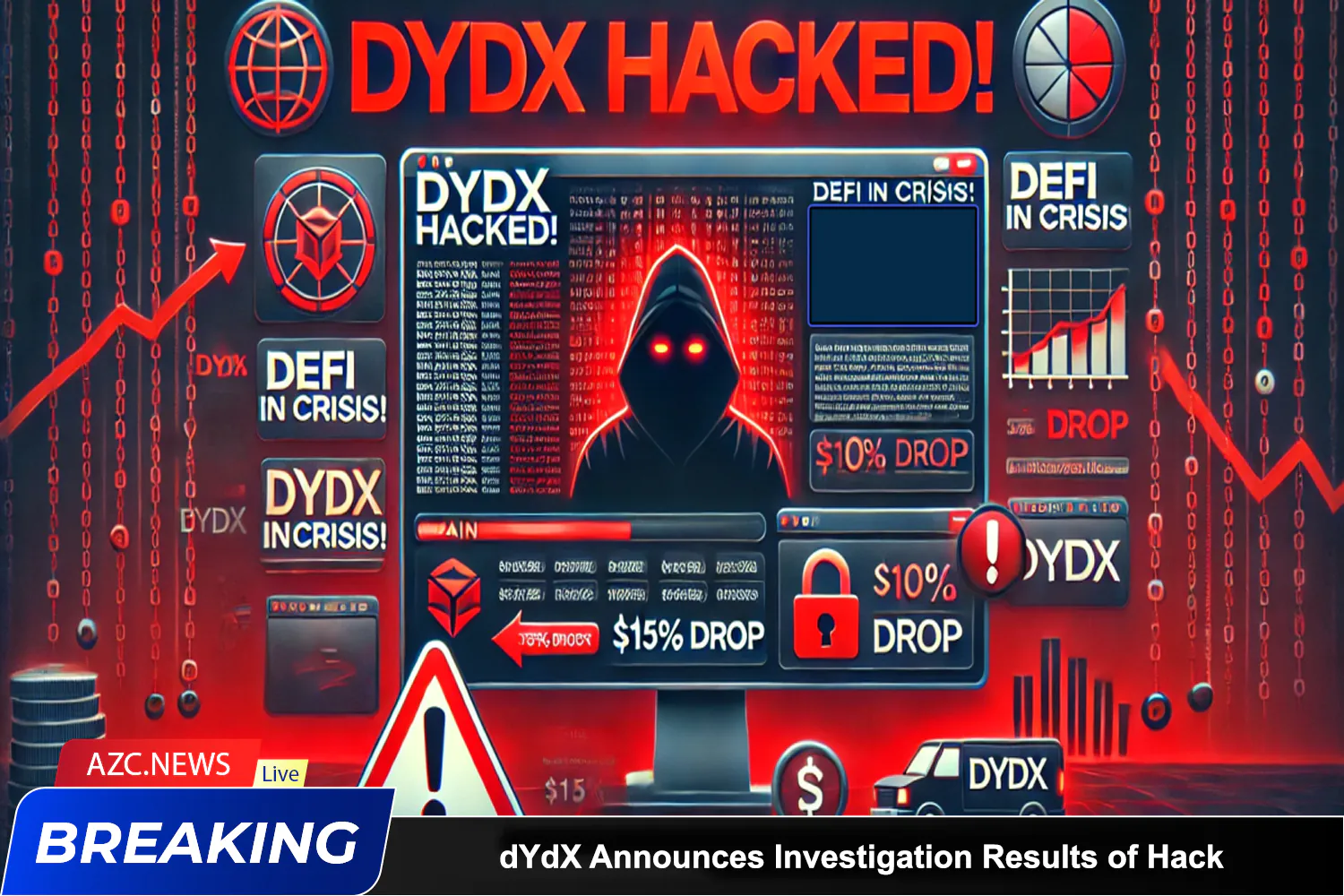Users were advised to avoid accessing the version 3.0 website or clicking on any related links until further notice. However, the team assured users that version 4.0 remained unaffected and was operating normally.
dYdX released a detailed report on the Squarespace account hack, outlining the events and their response. The exchange decided to change its domain registrar and continue collaborating with SEAL and other partners to prevent future incidents.
The domain registrar for https://t.co/Ym1dFLMmm5 (previously Squarespace) has confirmed that on July 23rd, dYdX Trading’s Squarespace account was accessed by unauthorized individuals after they successfully social-engineered Squarespace customer support.
— dYdX (@dYdX) July 25, 2024
The dYdX exchange website was compromised due to a social engineering attack. According to the incident report, unauthorized individuals accessed dYdX Trading’s Squarespace account through a social engineering attack on Squarespace’s customer support team. During the two-hour domain attack, two users lost a total of approximately $31,000. dYdX Trading is contacting the affected users to ensure they are compensated.
In 2023, Squarespace acquired all domains from the now-defunct Google Domains, migrating them over several months. The domain dydx.exchange, owned by dYdX Trading, was transferred to Squarespace on June 15, 2024.
On July 9, attackers accessed the dydx.exchange domain and modified the DNS name servers from Cloudflare to DDoS-Guard.
This initial attack was mitigated by DNSSEC settings, preventing users from accessing the compromised site. dYdX swiftly addressed the issue by rotating passwords and implementing two-factor authentication (2FA).
After re-securing the domain, additional controls have been added to ensure this never happens again, including migrating the domain to Cloudflare.
— dYdX (@dYdX) July 25, 2024
Following reports of similar attacks on cryptocurrency-specific domains, SEAL, a security group focused on crypto, conducted an investigation. They discovered an OAuth vulnerability on Squarespace that had been exploited. Squarespace resolved and patched this issue on July 12.
Despite this, the dydx.exchange domain was compromised again on July 23. The attackers altered the DNS name servers and removed DNSSEC settings, hosting a malicious site that deceived users into transferring Ethereum and ERC20 tokens.
During this period, dYdX collaborated with SEAL and other partners to block the malicious sites on popular crypto wallets like Metamask and Phantom. Despite these efforts, two users lost $31,000 in the attack.
dYdX Restores Website After Squarespace Account Hack
The investigation further revealed that the attacker changed the domain administrator’s email to an address ending in outlook.com, with a username similar to the legitimate payment administrator’s name on the dYdX account. This indicated a social engineering attack, as the attacker used a seemingly trustworthy email address.
According to dYdX, communications with Squarespace indicated that human error initiated the account takeover during the account recovery process.
The attacker bypassed 2FA and modified the account email without providing valid security credentials. Squarespace’s customer service failed to contact any other administrators listed on the domain before making these changes.
https://t.co/Ym1dFLLOwx website has been recovered by dYdX Trading Inc. 🙏
Please note that your machine may still be caching the compromised site.
Make sure to clear your cache and restart your browser before connecting to the website.
— dYdX (@dYdX) July 23, 2024
In response to the attack, dYdX transferred its domain registration to Cloudflare to enhance security. This expedited transfer was completed within six hours.
dYdX confirmed that there were no security issues with its smart contracts, backend systems, or the dYdX Chain due to these incidents. The dYdX team announced on social media platform X, advising users to clear their browser cache and restart their browsers before reconnecting to the website to ensure they do not access the compromised site.







Thanks for this it really helpful